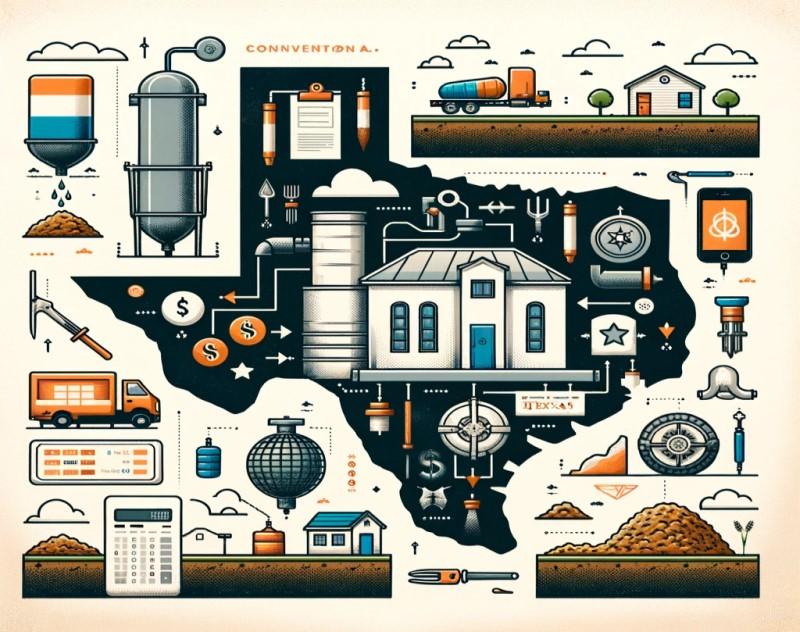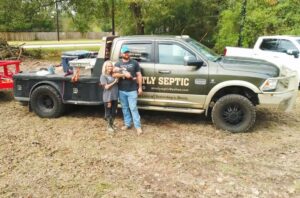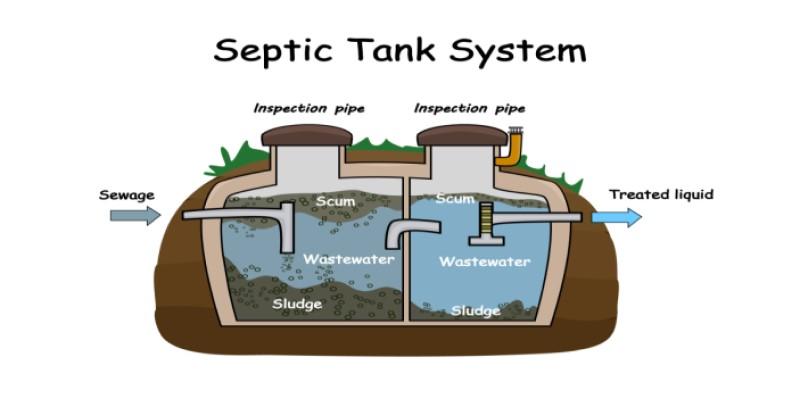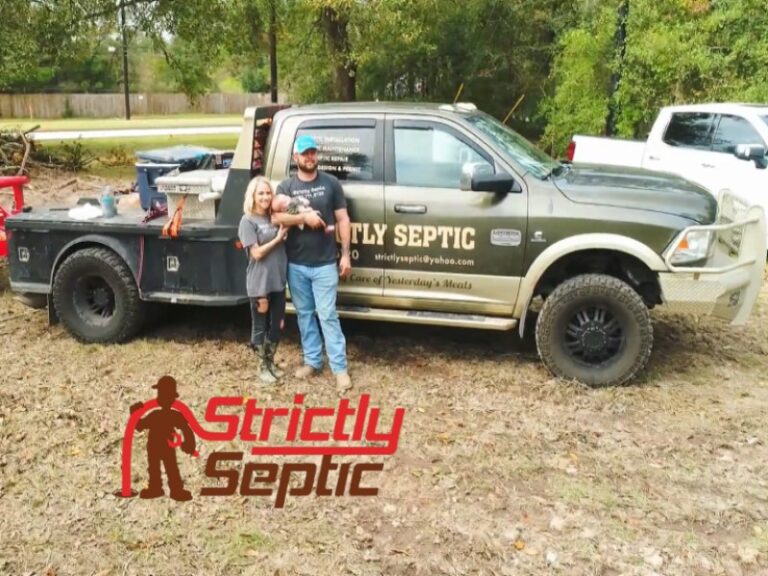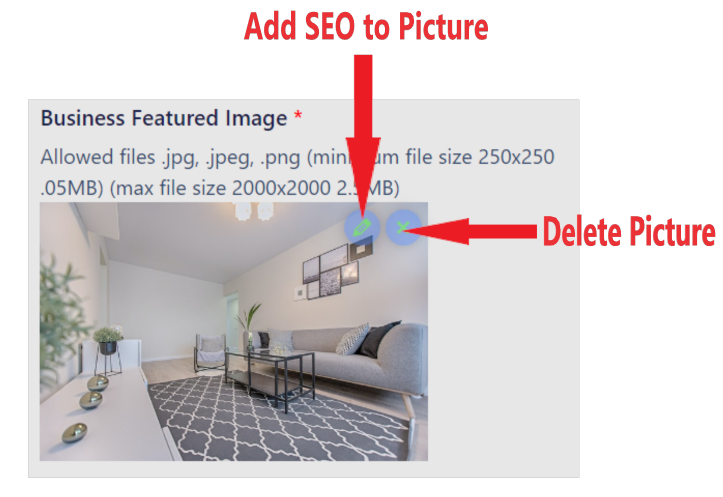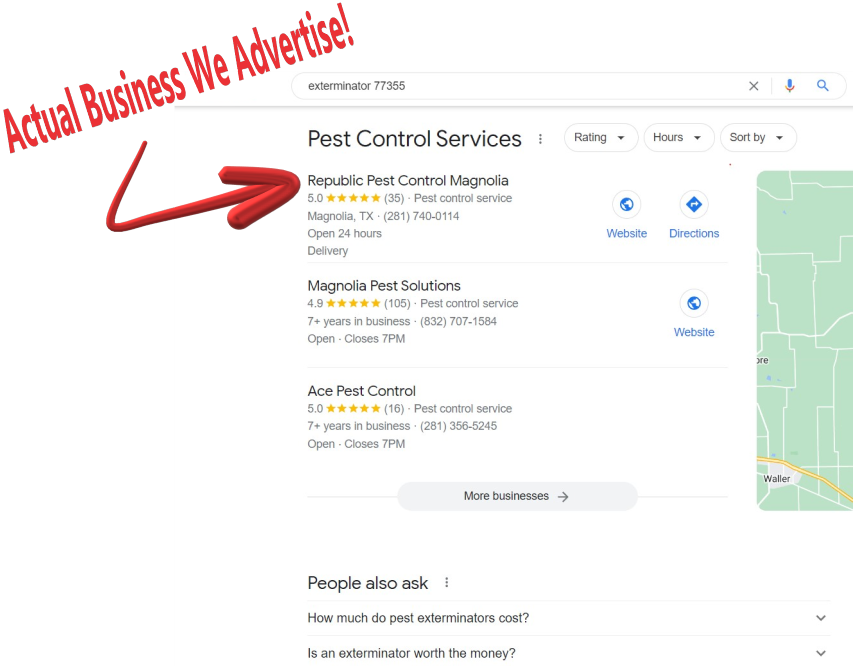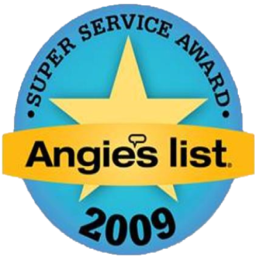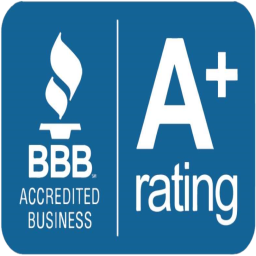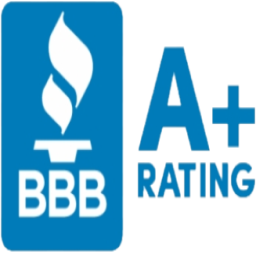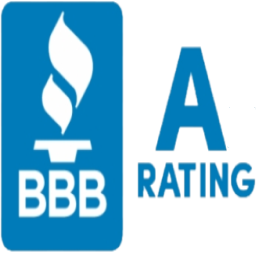Understanding the cost of septic systems is vital for homeowners and businesses in Texas. This guide provides a detailed exploration of various septic system types, factors influencing their costs, and tips for cost-effective maintenance and installation.
Understanding Septic Systems
What is a Septic System?
Septic systems are essential for wastewater treatment in areas without centralized sewer systems. They use natural processes to treat and dispose of domestic wastewater.
Types of Septic Systems
- Conventional Systems: Utilize a septic tank and drain field, commonly found and affordable.
- Aerobic Systems: Require oxygen for waste breakdown, suitable for high water tables or limited spaces.
-
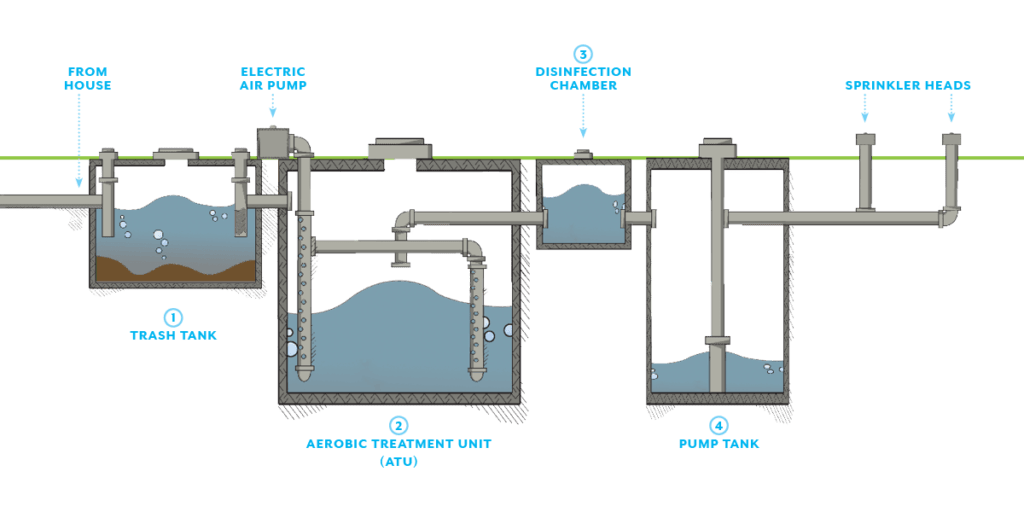
aerobic septic system cost
-
- Mound Systems: Built above ground for properties with poor soil conditions.
-
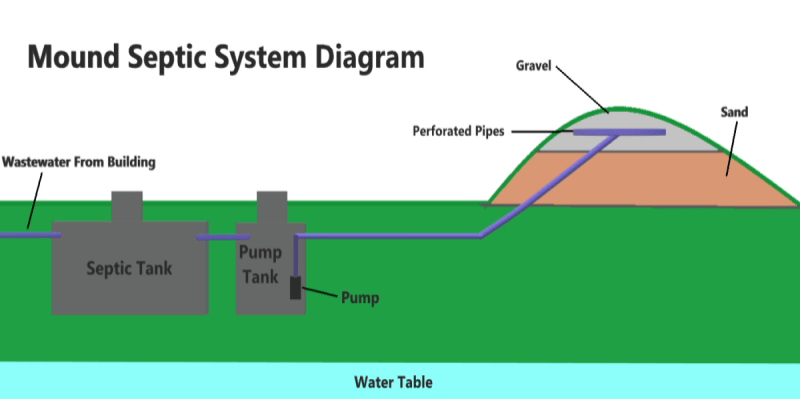
mound septic system cost
-
- Alternative Systems: Include designs like sand filter systems, ideal for specific environmental conditions.
-
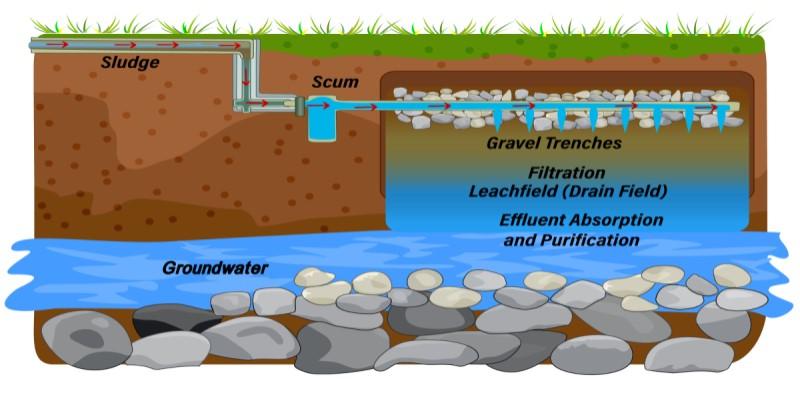
alternative septic system cost
-
Factors Influencing Septic System Cost
Size and Type of System
The size and type of the septic system significantly affect the cost. The system type determines the installation and maintenance requirements.
Soil and Property Conditions
Soil percolation rates and property layout can impact the system type and installation complexity.
Location
Geographical location affects labor and material costs.
Additional Costs
Consider costs for permits, plumbing, electrical work, and potential land modifications.
Cost Breakdown by System Type
Conventional Septic Systems
Costs range from $2,000 to $7,000, typically including excavation, drain field construction, and piping materials.
Aerobic Systems
These systems are more expensive, ranging from $11,000 to $19,000, due to their complexity and additional components like oxygen pumps and electrical controls.
Mound Systems
Costing between $10,000 and $20,000, mound systems require additional construction and engineering due to their above-ground design.
Alternative Septic Systems
Chamber, drip distribution, and constructed wetland systems can cost between $4,000 and $15,000, depending on design and environmental suitability.
Additional Cost Considerations
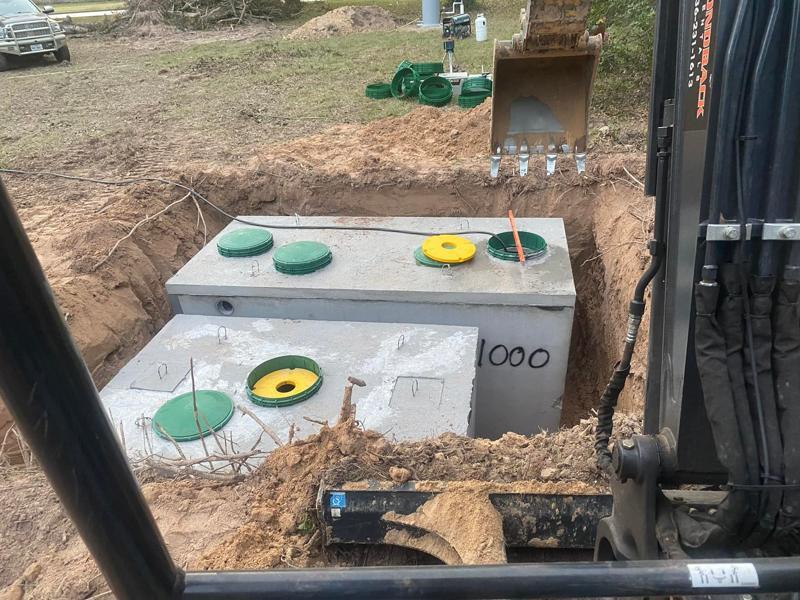
Tank Materials
- Concrete Tanks: $1,000 to $3,000, durable but prone to cracking.
- Plastic Tanks: $700 to $2,500, economical and easy to install.
- Fiberglass Tanks: $1,400 to $2,000, balance between strength and cost.
Installation and Labor
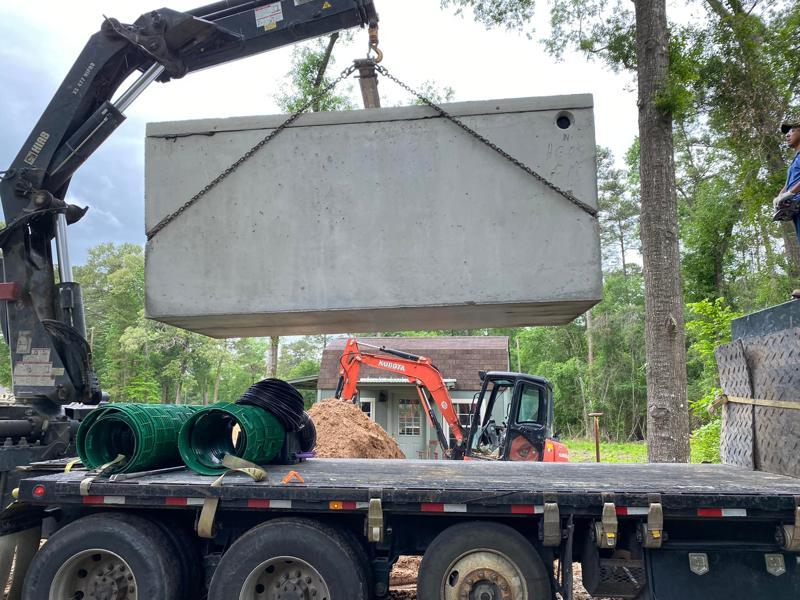
Installation labor can average $1,500 to $4,000, influenced by system size, type, and soil conditions.
Site Preparation
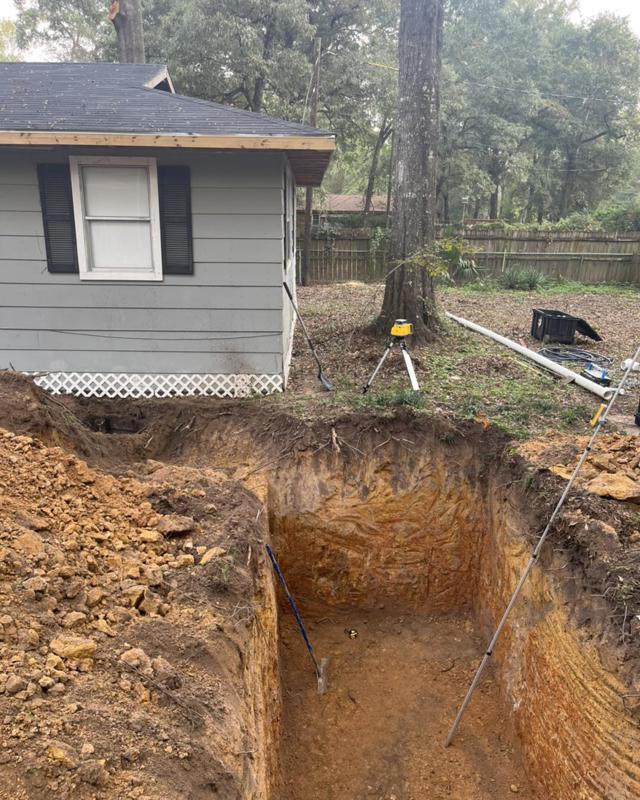
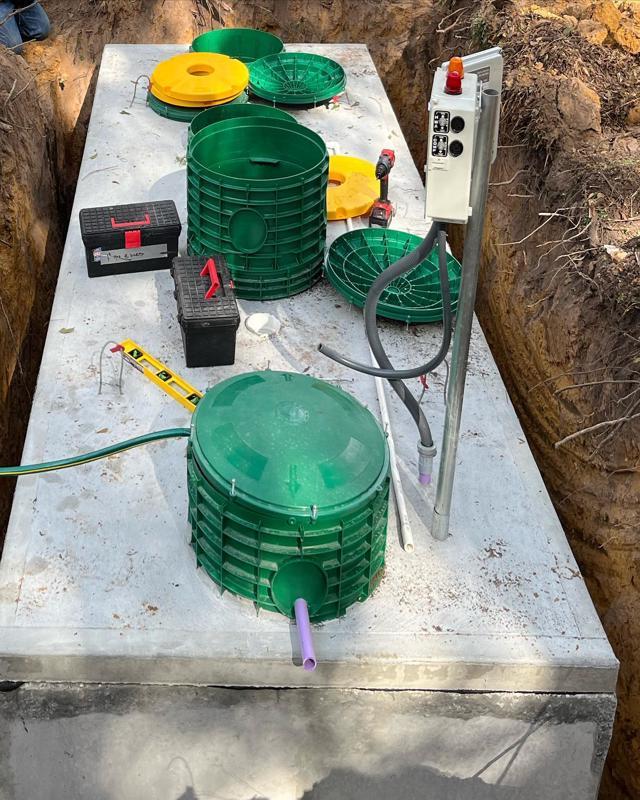
Site preparation costs, including excavation and land leveling, add additional expenses ranging from $500 to $5,000.
Permits and Inspections

Permits, inspections, and testing generally cost between $1,000 and $2,000.
Maintenance and Long-Term Costs
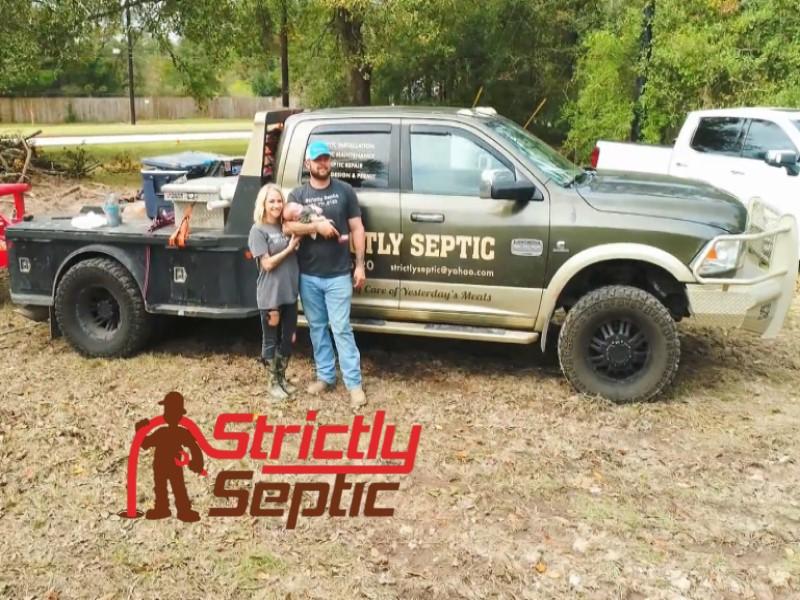
Regular maintenance can prevent costly repairs and extend the system’s lifespan. Septic tank cleaning and pumping costs in Texas range approximately from $230 to $290 for a 1,000-gallon tank.
Conclusion
Investing in a septic system in Texas requires careful consideration of costs, types, and maintenance needs. Homeowners and businesses must evaluate various factors to manage expenses effectively. Regular maintenance and informed choices can lead to significant long-term savings and a smoothly functioning septic system.
For more information on septic systems and services, explore the insights at Strictly Septic Service, Conventional Septic Systems, Aerobic Septic Systems, and Alternative Septic Systems.

